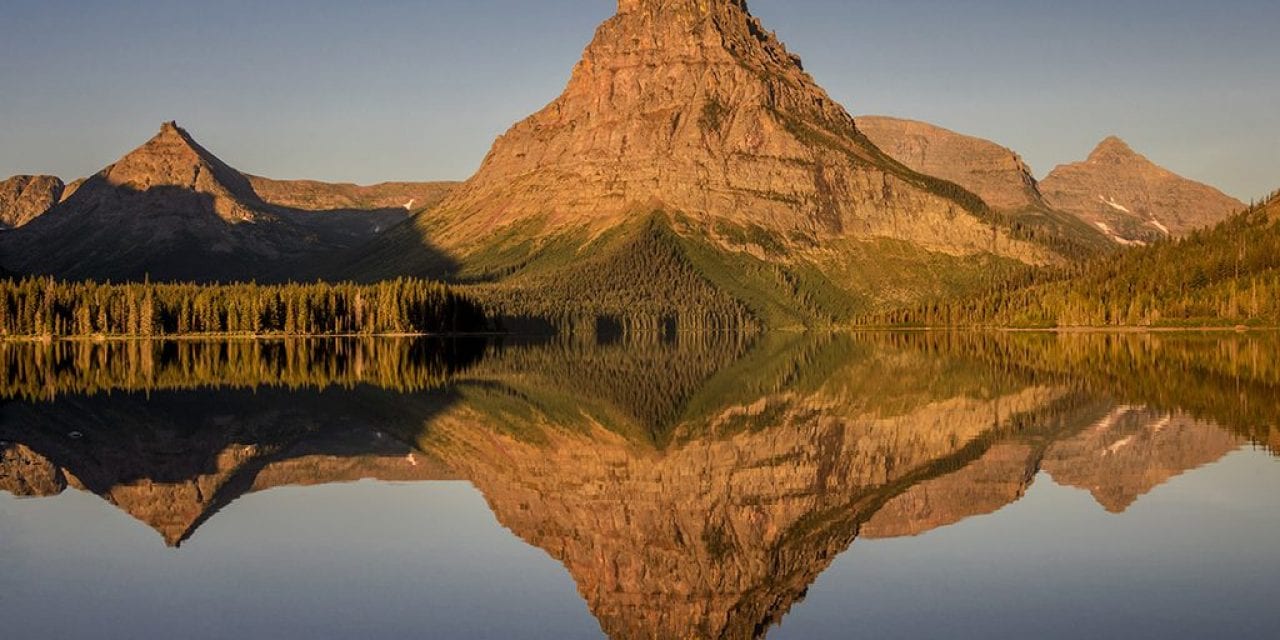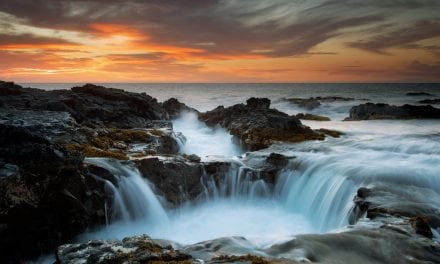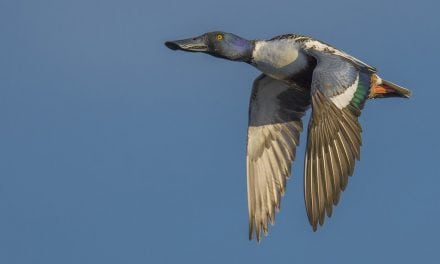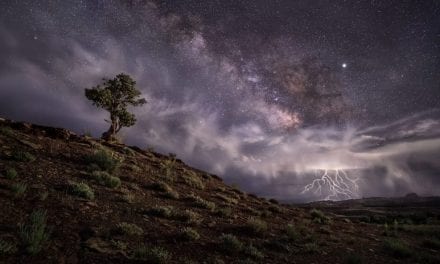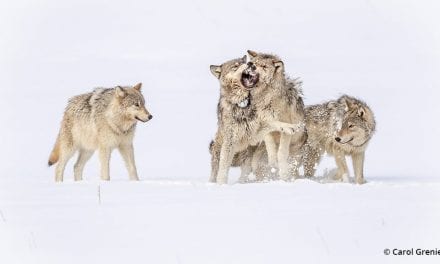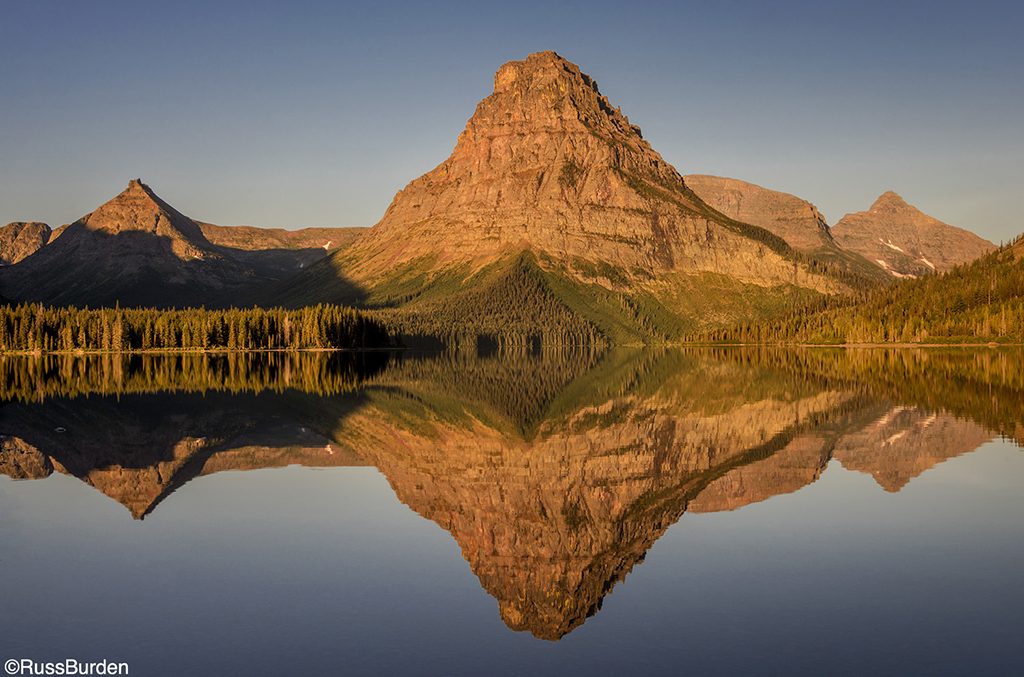
For the first 27 years after getting out of college, I taught 5th and 6th grade. Since leaving the classroom, I still teach, but my students are older and the subject is photography. Regardless of the students’ ages, the philosophy I hold for them hasn’t changed. Always look for more than one solution to a problem and try to foresee any hurdles you might encounter in finding that solution. Taking a page from my own lesson plans, I always cover all bases to make sure I come home with the image I envision rather than lament I forgot an option. Since then, the “I wish I would have” syndrome hasn’t impacted what I capture.
Check last week’s Tip of the Week to learn about my first set of ways to cover all bases. Below is part 2 showing more ways I protect myself from wishing I’d have done something different. Apply them in combination so you don’t repeat the mistakes I made early on. The more you shoot, the more these hints become second nature.
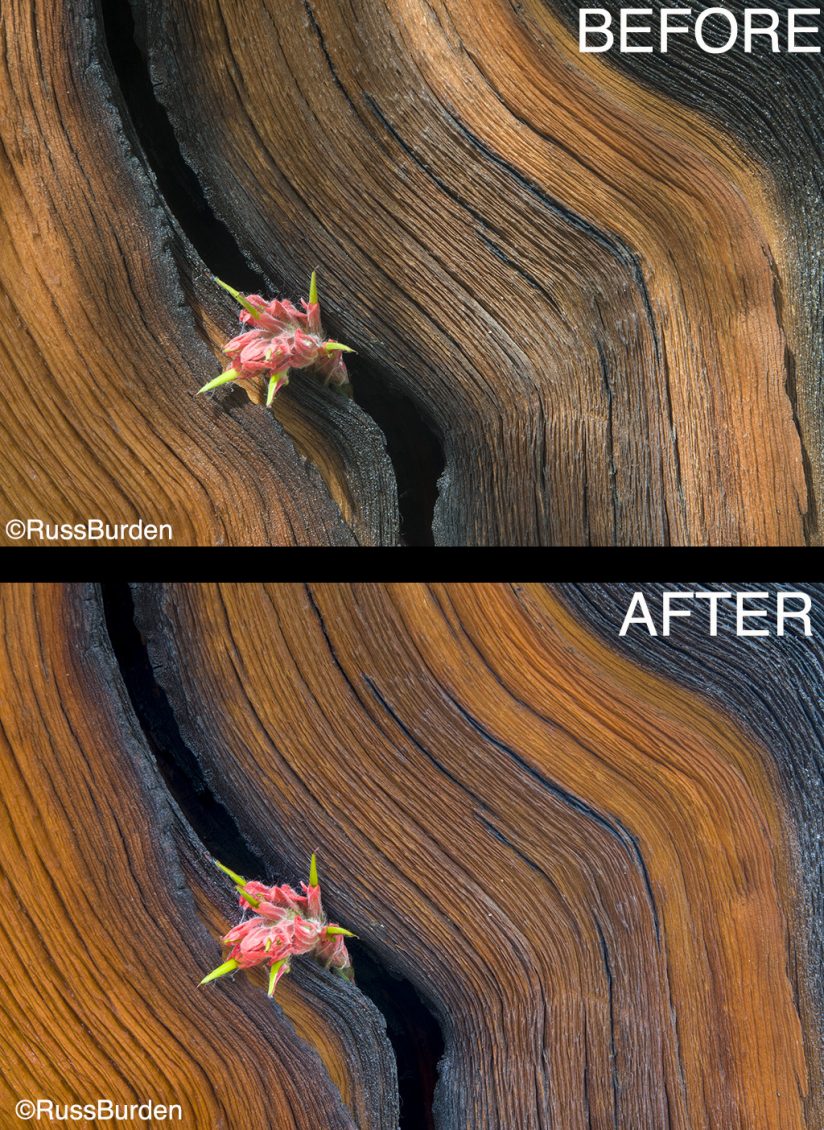
Control the Light
Strong shapes, patterns and textures are great subjects. Proper light is needed to make them pop. Unfortunately, the light doesn’t always cooperate. Rather than get frustrated, learn to modify the light to make it work to your advantage. The image above appears the way it was encountered. To soften the late morning light, I held a diffuser between the sun and wood to soften and even out the light. To saturate the color and bring out the rich tones in the wood, I sprayed it with water.
Vary the Composition
When I make a scenic, I cover all bases by altering the composition. This forces me to change the many angles from which I shoot my subject. There’s never only one angle from which a great shot is made. Undoubtedly, certain angles work better than others, but I’m always on the lookout for alternatives. I may include a strong foreground, look for a higher or lower vantage point, change the focal length, look for both verticals and horizontals and more. When you force yourself to rethink your compositions, you learn how to see things in a more diverse way. If you restrict yourself to only one composition, it’s the one with which you live. When you vary it up, the one you like the most will more than likely not be the first in the series.
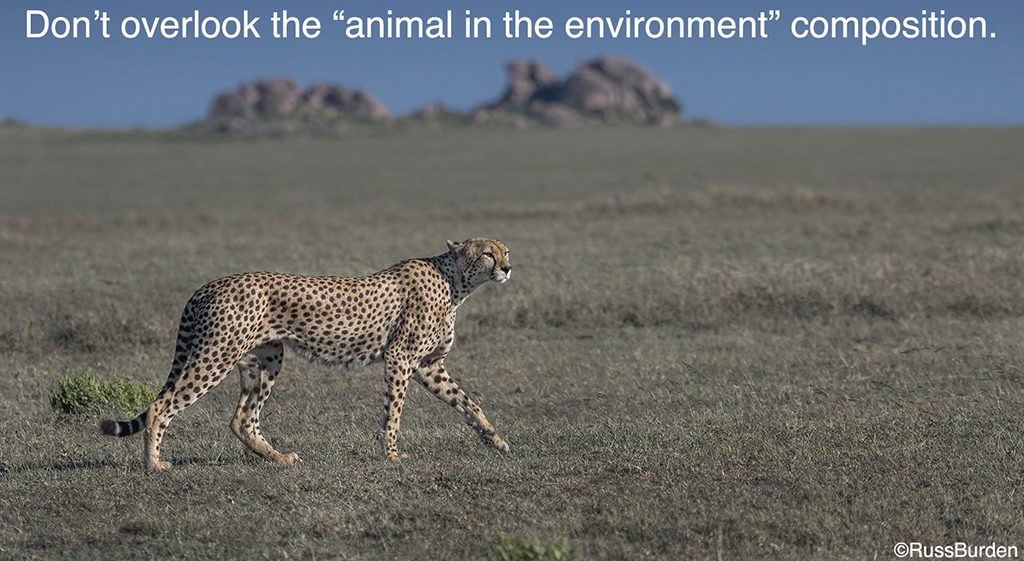
Change That Lens
The next time you’re out making pictures, be cognizant of your thoughts as you approach the subject. Find your composition and make the shot. After you click, study the scene more intuitively. Without changing your position, zoom your lens to a wider or narrower setting. Study the scene and make another image with a different focal length. What makes this so powerful is many photographers approach a subject with a preconceived focal length in mind. Psychologically, they lock themselves into a fixed image and walk away after they make that shot. This prevents them from trying something different. Don’t limit yourself. Come home with more than one image when a better one may only be a lens change away.
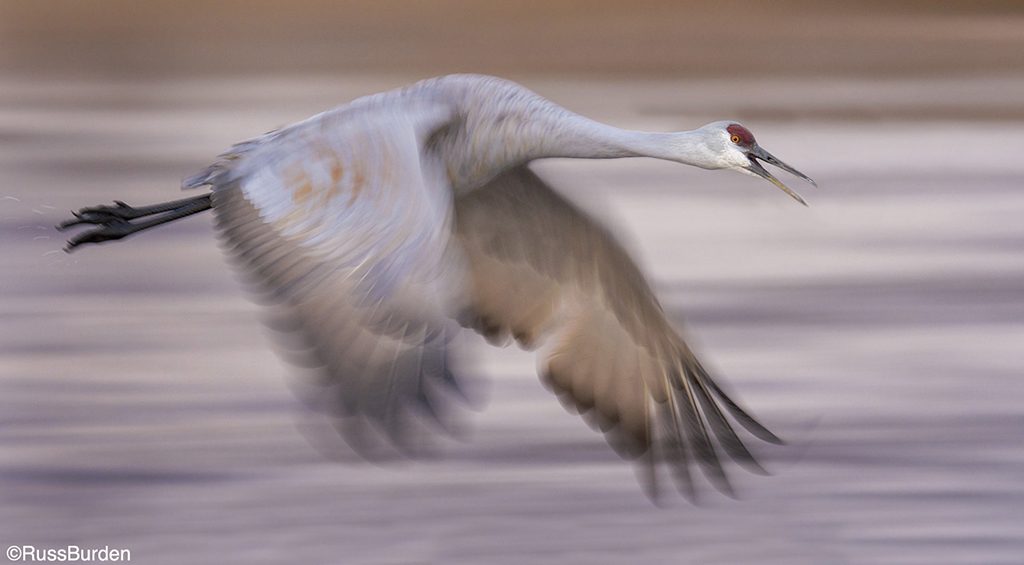
Shutter Speed Options
Photographers strive to obtain sharp images. Fast shutter speeds freeze the action and eliminate camera shake. For a photographer, this becomes ingrained, so it’s no wonder most action shots are made using fast shutter speeds. To know when to deviate from this makes you a more diverse photographer. Use a slow shutter speed and pan with your camera to accentuate motion. Experiment with different durations to learn how the movement is recorded. Use a tripod with a pan head to eliminate the variable of human error moving the camera up or down. The pan head guarantees smoother movement in comparison to handholding. The main variable that dictates the “proper” shutter speed is the pace at which the subject moves across the film plane.
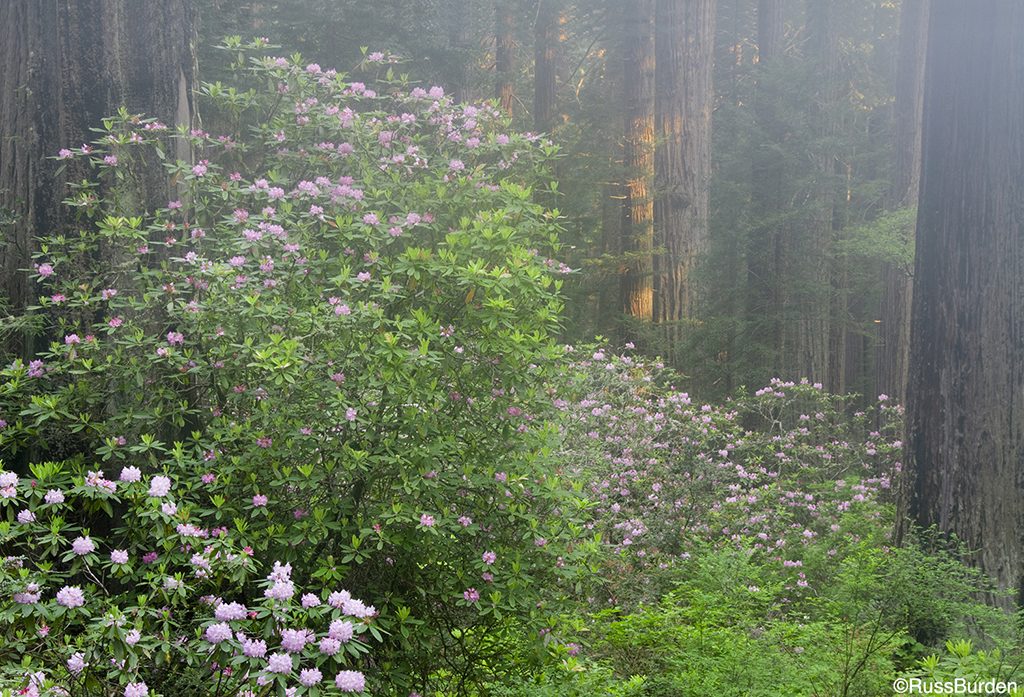
Seasonal Changes
As seasons change, so does the position of the sun. In winter, the sun rises farther south and in the summer, farther north. The same subject that’s bathed in gorgeous sidelight in June may be in total shadow in December. Revisiting the same place at different times of the year can net very different shots. The light isn’t the only thing that changes. Snow on red rock landscapes presents intriguing results. Fall foliage in an otherwise green environment makes a location come alive. Spring buds liven up a forest like no other time of year. When you become intimate with a favorite location, it will work in your favor.
Visit www.russburdenphotography.com for information about his nature photo safaris to Tanzania.
The post Cover All Bases In Photography, Part 2 appeared first on Outdoor Photographer.

